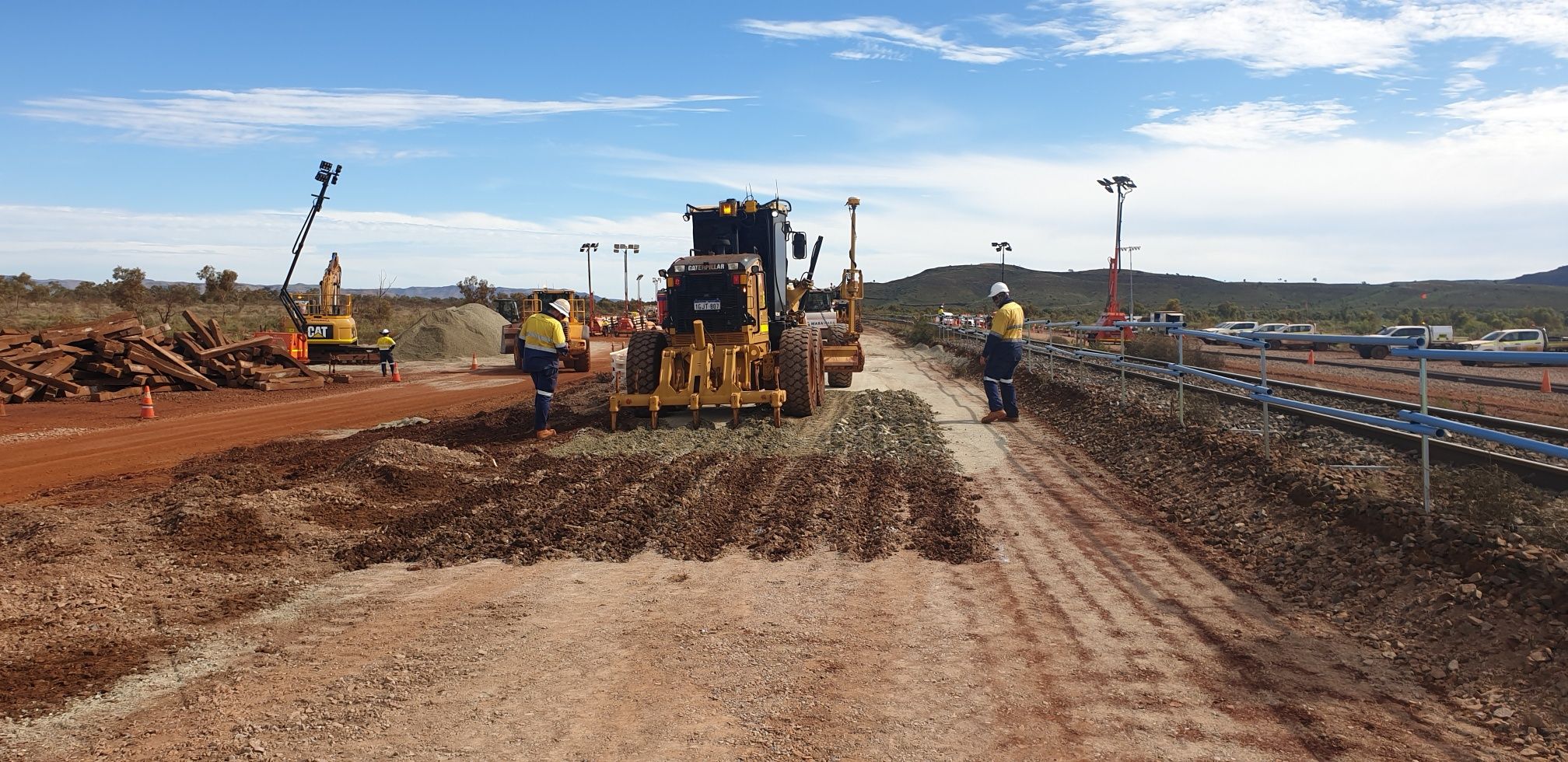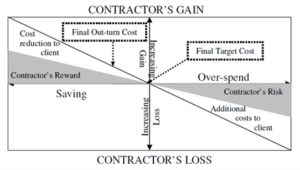
The philosophy behind target cost contracts (TCCs) in railway projects is underpinned by a risk and reward compensation regime. This means parties equitably share in the financial ‘gain’ of a project’s success or the financial ‘pain’ of a project’s underachievement. All parties to a contract therefore have a shared interest in the overall success of the project.
The pain share/gain share mechanism aims to foster a ‘win-win’, ‘lose-lose’ mind set. The Contractor and the Principal win or lose together, whatever the case may be.
The financial incentives for a project to reach clearly defined goals encourages Contractors to work efficiently and to achieve cost saving, resulting in better value for money for the entire project development.
This mechanism is often used in TCCs in railway projects by which a share ratio is agreed between the Principal and the Contractor at the early stage of the project. Consequently, the gain or pain within the pool at the end of the contract would be shared as portrayed in

Figure 1. Example of the gain-share/pain-share arrangement based off 50:50 ratio.
How does it operate within a contract?
The mechanism can operate in a contract through an ‘open-book’ gain share/pain share basis.
The Contractors would be given specific instructions on areas of the bid where costs are fixed and the Contractor’s preliminary costs. The addition for overhead and profit could be fixed as a percentage at the outset. Based on a joint risk assessment conducted at tender stage, risks could be reasonably allocated, and suitable contingencies could be identified.
For the Principal’s accepted risks, the contract may be altered up or down based on a valuation of the risk impact. Depending on the project’s risk profile and the period of completion, the project may be successfully completed in terms of both time and cost and produce a gain share pot to be split at the set ratio.
Risk in ‘traditional’ contracts compared with risk utilising pain share/gain share
In a traditional approach to contracting, a contract will generally be initiated by a Principal setting out what it requires.
A Contractor will then tender its solution and proposed cost for delivering it with the final price resulting from each party’s assessment of the risks involved in achieving the final outcome.
In railway projects, where the provision of services is more complicated and the level of risk is difficult to anticipate, Contractors would increase their initial price and include a ‘risk value’ to offset the perceived level of risk i.e. they price the risk into their contract price.
The pain share/gain share mechanism addresses this issue as the contract is premised upon combining the strengths of each party in order to respond to the projects complexities and as such will share the financial impact. The Contractor and the Principal therefore have an aligned financial interest in driving the project towards success.
The theory behind the pain share/gain share mechanism in that it aligns the financial interest of the parties, and this is the principal reason behind why it is commonly used in large railway projects. Our Team at Lamont Project & Construction Lawyers have the knowledge and experience to assist both Principals and Contractors with any question pertaining to the above article or any related issues. Please do not hesitate to contact Peter Lamont ([email protected]) or myself ([email protected]).
*Picture Source – Achieving better performance through target cost contracts – Dr D. Chan
